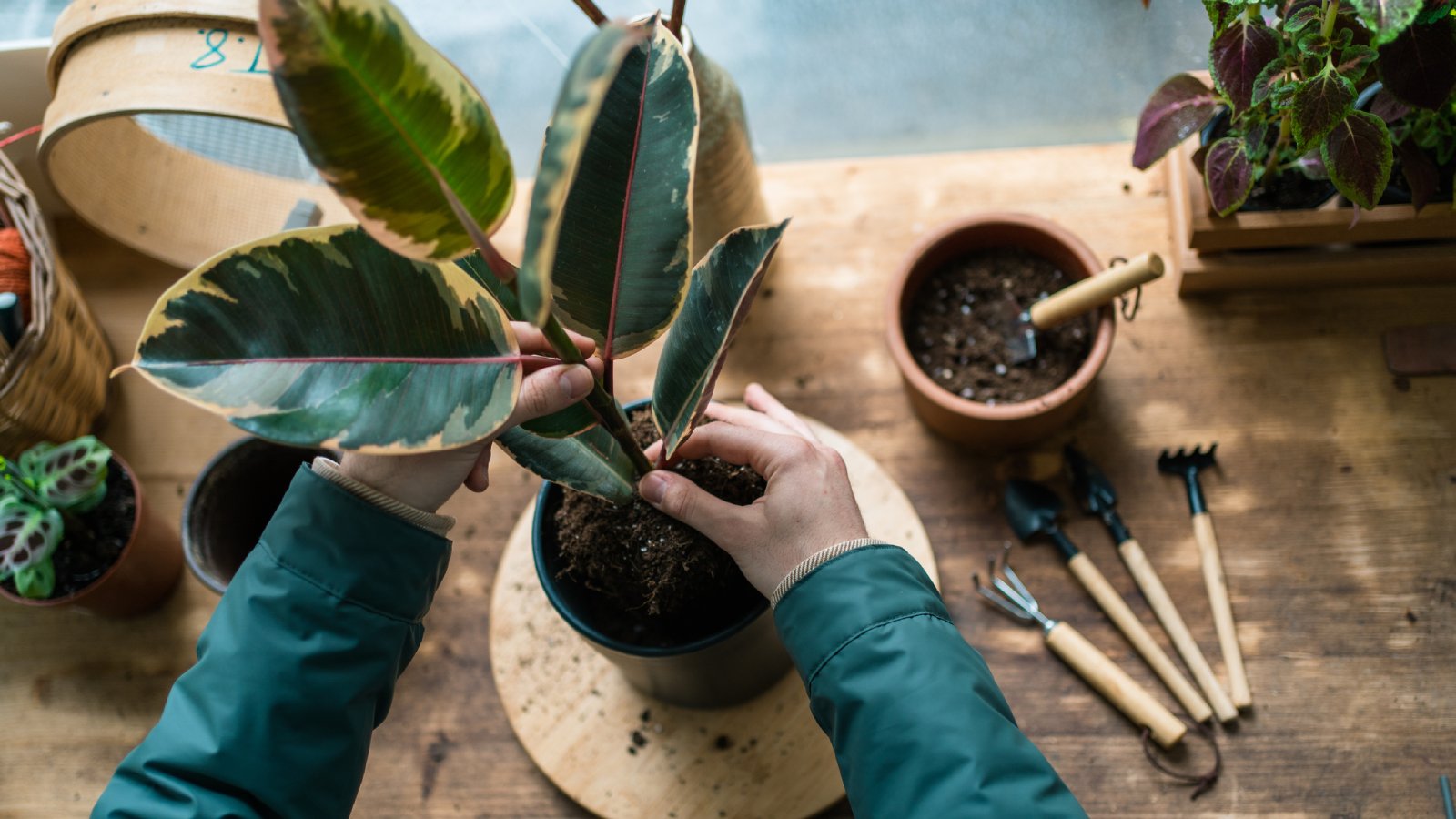Container Gardening Supply List: What Do I Need For A Container Garden


Container gardening is a fantastic way to grow your own produce or flowers if you don’t have the space for a “traditional” garden. The prospect of container gardening in pots can be daunting, but, in reality, virtually anything that can be grown in the ground can be grown in containers, and the supply list is very short. Keep reading for more information about container gardening products.
Container Gardening Pots
The most important item on your container gardening supply list is, obviously, containers! You can buy a huge assortment of containers at any garden center, but really anything that can hold soil and drain water will work. You can use any old bucket you may have lying around, as long as you drill a hole or two in the bottom for water to escape. You can build your own container out of wood, provided you take precautions against rotting. Cedar holds up very well in its natural state. For all other woods, paint your container with an outdoor grade paint to help preserve it. When picking out a container, consider the type of plant you’ll be growing in it.
- Lettuce, spinach, radishes, and beets can be grown in containers as shallow as 6 inches (15 cm.).
- Carrots, peas, and peppers can be planted in 8 inch (20 cm.) containers.
- Cucumbers, summer squash, and eggplants need 10 inches (25 cm.).
- Broccoli, cabbage, cauliflower, and tomatoes have deeper roots and require 12 to 18 inches (31-46 cm.) of soil.
Additional Container Gardening Supply List
So after you have a container or two, you might wonder, “What do I need for a container garden to flourish?” Another essential item for you container garden is soil. You need something that drains well, doesn’t compact, and isn’t too saturated with nutrients -- which rules out garden mixes and soil directly from the ground.
You can find mixes at your garden center specifically designed for container gardening. You can also make your own organic soil mix out of 5 gallons (19 L.) of compost, 1 gallon (4 L.) of sand, 1 gallon (4 L.) of perlite, and 1 cup (237 ml.) of granular all-purpose fertilizer.
Once you have a pot, soil, and seeds, you are ready to go! You may also benefit from a water stick to keep track of your plants’ water needs; container plants need to be watered more frequently than those in the ground. A small hand-held claw is also helpful for occasionally aerating the surface of the soil.
Gardening tips, videos, info and more delivered right to your inbox!
Sign up for the Gardening Know How newsletter today and receive a free copy of our e-book "How to Grow Delicious Tomatoes".

The only child of a horticulturist and an English teacher, Liz Baessler was destined to become a gardening editor. She has been with Gardening Know how since 2015, and a Senior Editor since 2020. She holds a BA in English from Brandeis University and an MA in English from the University of Geneva, Switzerland. After years of gardening in containers and community garden plots, she finally has a backyard of her own, which she is systematically filling with vegetables and flowers.
-
 Moody Blooms For Spring: 8 Types Of Black Flowers To Add Drama To Spring Displays
Moody Blooms For Spring: 8 Types Of Black Flowers To Add Drama To Spring DisplaysFrom midnight burgundies to inky violets, several types of black flowers can enrich and embolden a spring display. Try these brooding bloomers for a moody garden
By Tonya Barnett
-
 Can Snake Plants Live Outside? Everything You Need To Know For Snake Plants Al Fresco
Can Snake Plants Live Outside? Everything You Need To Know For Snake Plants Al FrescoSnake plants can live outside given the right conditions, but be careful that they don't take over! Learn the best way to use snake plants in your landscape.
By Mary Ellen Ellis